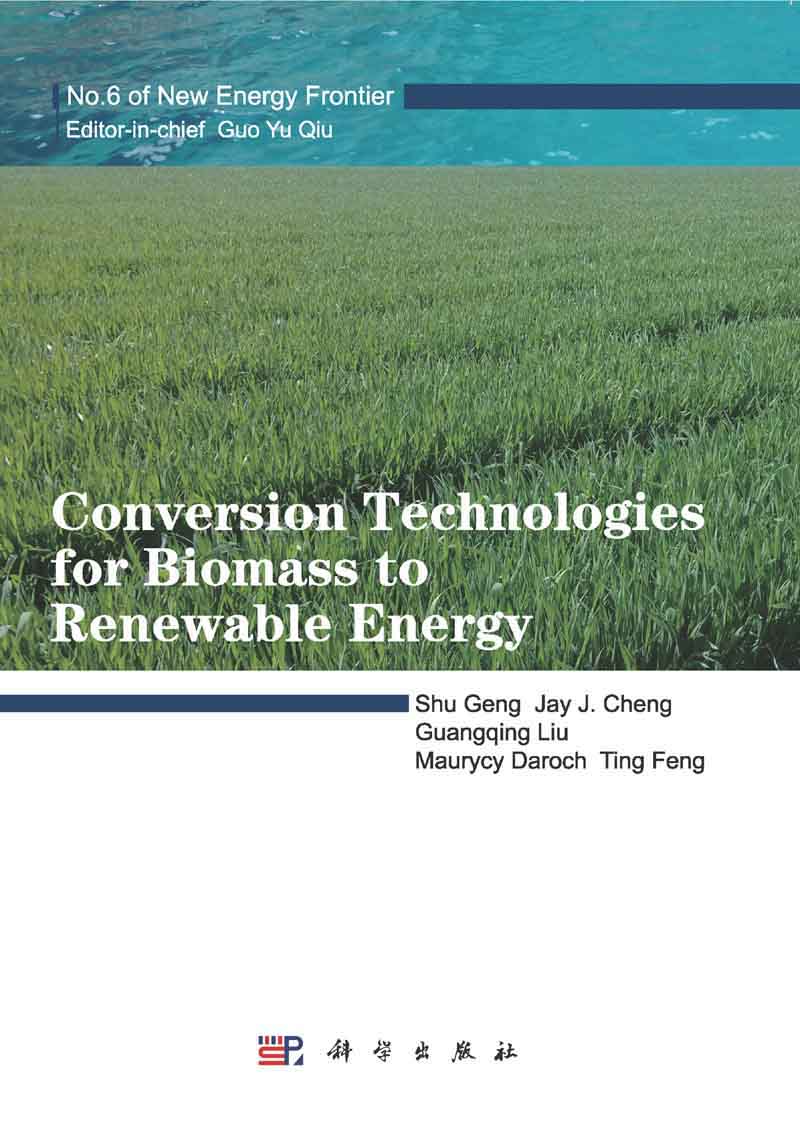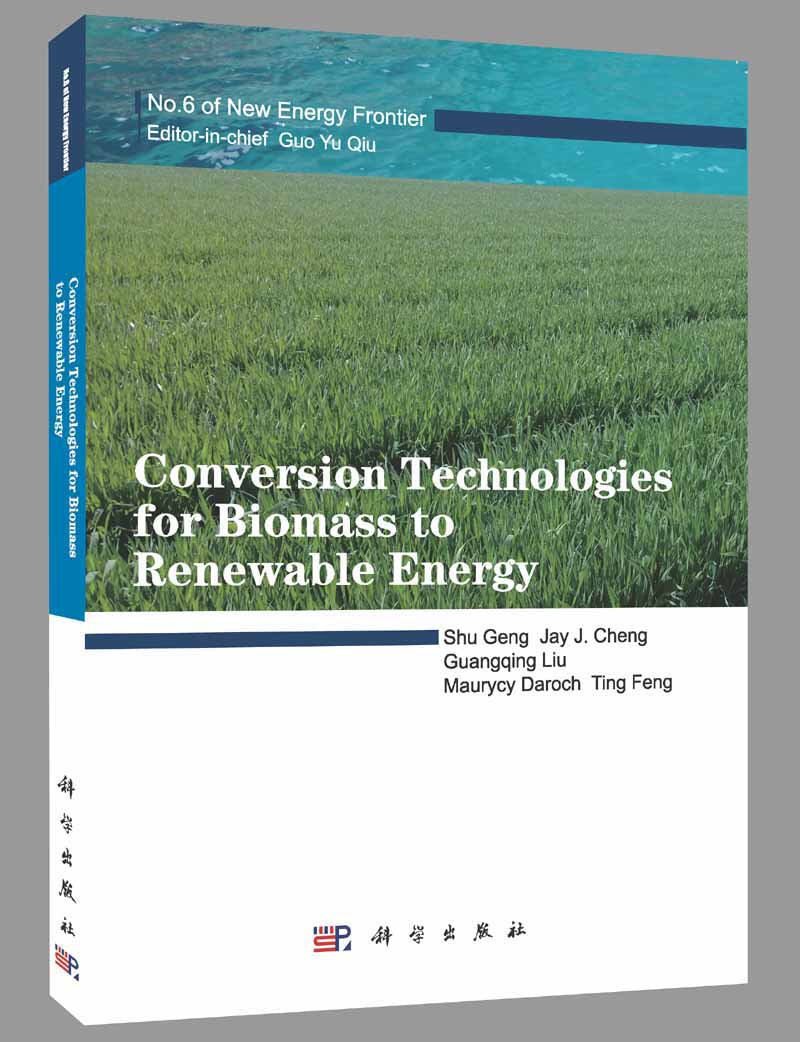生物质能转换技术
作者:
Shu Geng,Jay J.Cheng,Guangqing Liu,Maurycy Daroch,Ting Feng
ISBN:
9787030447258
出版日期:
2015-09
版次:
1
中图分类号:
X
学科分类:
丛书:
附注信息:
This book describes diverse sources of bio-material such as agricultural and forestry residues,special cultivated energy plants,aquatic plants like algae and urban organic waste (Chapters 1) and the logistics of biomass production,harvesting,transportation and storage (chapter 2).It also presents detailed methods whereby these materials can be processed to generate various forms of clean bioenergy such as biogas (Chapter 3,7),biodiesel (Chapter 4),bioethanol (Chapter 5),and clean biochar and other bio-products (Chapter 8).In chapter 6,the modern advanced combustion system is introduced to improve burning efficiency.This simple approach could improve human and environmental health enormously,especially in rural areas of developing countries.The Application of Life Cycle Analysis on algae energy balance and the environmental impact of the bio-energy processes are discussed in Chapter 9.This book is intended to be practical and useful to those who are involved in bio-energy production. 化石能源消费的增长导致的气候变化引发了全世界范围的关注。发展可再生能源,是实现社会可持续发展的必然选择。本书介绍了生物质能转换和再生技术,包括了生物质能源的生产、储存、使用环节。并通过介绍生物质柴油、生物质汽油等产品,了解生物质能源生命周期。此书分为九个章节,书中首先介绍生物质能源原料来源类型包括农业废弃和林业废弃资源,特种种植作物,水生植物包括藻类和城市有机废弃物等(第一章),以及种植、收获、转运和储藏的生物质流动过程(第二章)。 随后介绍这些可利用的生物质能源原料通过加工利用转化成不同种类的清洁能源,包括沼气(第三章,第七章),生物柴油(第四章),生物乙醇(第五章),生物碳和其他生物产品(第八章)。此外,第六章介绍了现代高级燃烧系统,此系统可用于提高燃烧效率,对于提高人类和环境的健康,特别是发展中国家的农村区域的生物质燃烧利用效率具有极大价值。最后,第九章讨论了生命周期分析在藻类能量平衡分析中的应用,及环境因素对生物能量转化的影响。
此书对于生物质能源的利用现状和发展方向进行了综述和展望,对于目前生物质能源研究与教学提供了有用的参考文献,为生物质能源开发与研究等指明了方向。


